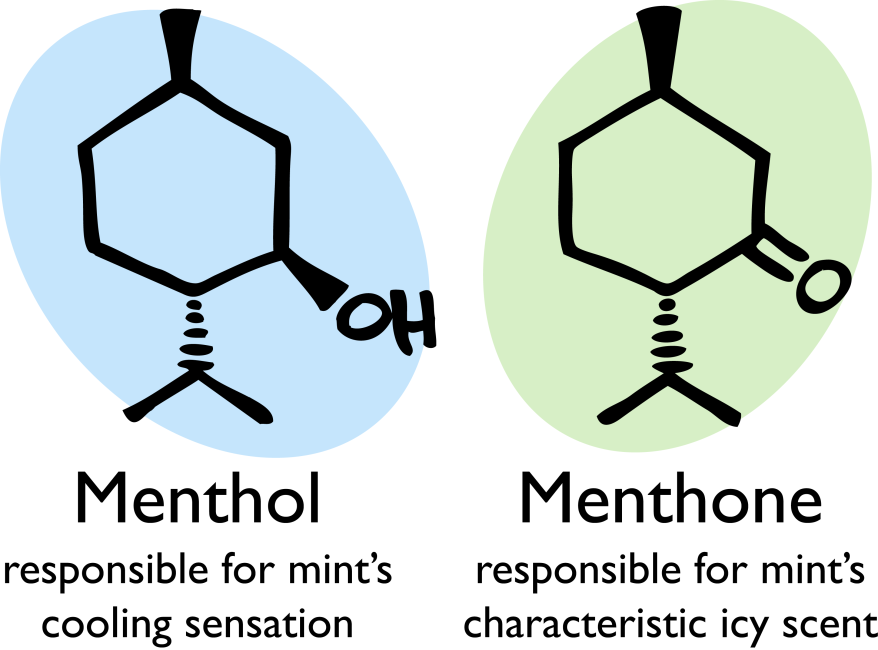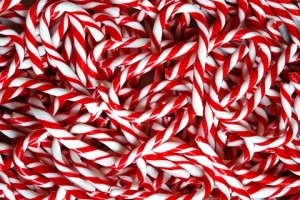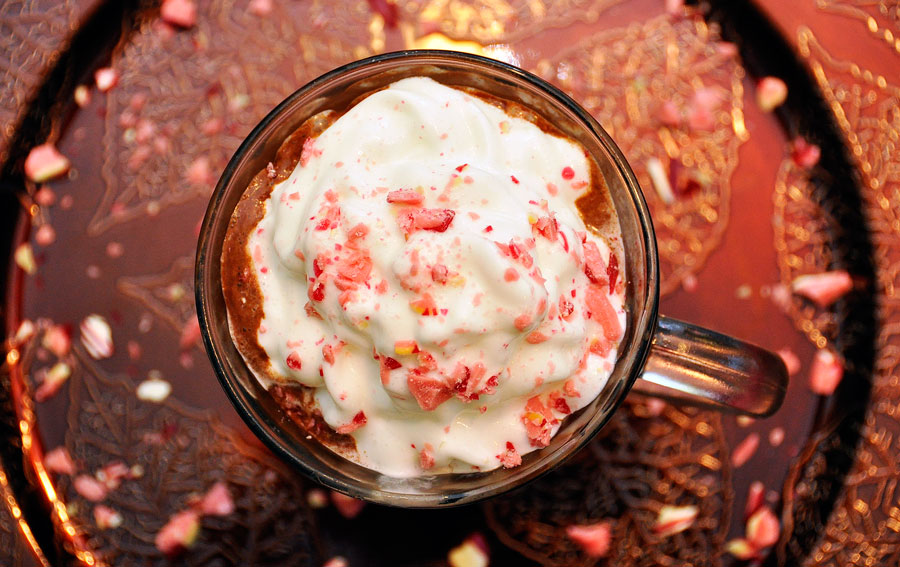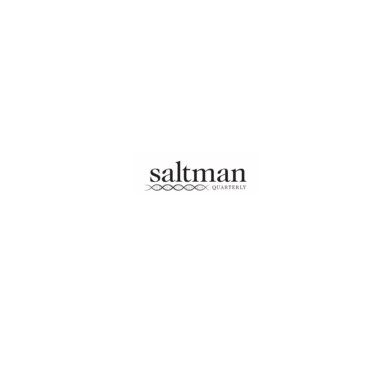By Chelsea Chang | Blogger | SQ Online (2014-15)
We are one week away from winter break, which means the holiday season has pretty much kicked in and taken over every part of our lives. Christmas lights of all colors and shapes have been lit, stockings have been hung, gift lists have been created, candy canes have been shared and you have begun to enjoy the warmth offered by delightful holiday drinks that you were craving this entire year.
One of the most iconic symbols of the holiday season is the red-and-white-striped peppermint candy, the sweet and frosty flavor that not only satisfies your sweet tooth, but also opens up your senses and gives you that overwhelming holiday-in-your-mouth glee. The scientific name of the peppermint plant is Mentha piperita, a hybrid produced by watermint and spearmint¹. It is generally sterile and does not produce its own seeds; therefore, seeds are cultivated exclusively from cross-pollination between the two parent species².
I’m sure you also know that peppermint is popular for its invigorating and refreshing aroma and is commonly used to help breathing, improve mental clarity and brighten mood³. Two chemicals are responsible for peppermint’s characteristic frosty flavor: menthol and menthone. To give you an example of how they cause particular sensations, menthol (which is also present in gums, toothpaste and Bengay) elicits oral sensations from cold receptors that cause the familiar cooling sensation when you pop a mint candy into your mouth. Methone, on the other hand, produces the icy scent of evergreen winters; its excellent fragrant properties make it popular in cosmetics, scented oils and perfumes¹.

Now that you know the chemicals that give peppermint its signature properties, have you wondered  why candy canes and peppermint candies look the way they do? Is there any historical significance behind these happy red and white stripes? In the video, the USC Dornsife College of Letters and Science further analyzes the history and neurobiological responses of the peppermint experience. In this video, art historian Dr. Amy Ogata explained that even though red and white stripes were associated with criminals and outcasts in the middle ages, in the modern era, red and white stripes became a pattern of wholesomeness to such an extent that in the 1940s, there was a volunteer nurse program where all the nurses (called the Candy Stripers) wore red-and-white-striped smocks. In addition, neurobiologist Dr. David McKemy informed us that a protein in peppermint called TRPM8 is the trigger for cold-sensing nerve fibers that send electrical signals to the brain that say “That’s cold!” So essentially, when you smell, consume or apply mint-flavored substances, they trick the brain into thinking it’s colder than it actually is.
why candy canes and peppermint candies look the way they do? Is there any historical significance behind these happy red and white stripes? In the video, the USC Dornsife College of Letters and Science further analyzes the history and neurobiological responses of the peppermint experience. In this video, art historian Dr. Amy Ogata explained that even though red and white stripes were associated with criminals and outcasts in the middle ages, in the modern era, red and white stripes became a pattern of wholesomeness to such an extent that in the 1940s, there was a volunteer nurse program where all the nurses (called the Candy Stripers) wore red-and-white-striped smocks. In addition, neurobiologist Dr. David McKemy informed us that a protein in peppermint called TRPM8 is the trigger for cold-sensing nerve fibers that send electrical signals to the brain that say “That’s cold!” So essentially, when you smell, consume or apply mint-flavored substances, they trick the brain into thinking it’s colder than it actually is.
At this time of the year, I think we can all agree that when we see, eat and smell peppermint, it not only overwhelms our brains with strong sensory experiences, but also makes a circuit around our thought processes and directly influences our emotions. That’s why the signature white and red stripes make us jump with joy and anticipation for the best time of the year!
As promised, here is a thoughtful homemade peppermint mocha latte recipe that has not one, not two, but three ways of making your holiday drink experience last beyond the season (and Starbucks). Enjoy!
INGREDIENTS
Option 1
- ½ dropper liquid peppermint stevia
- ½ tsp vanilla
- 1 tsp cocoa powder
Option 2
- 1 tbsp crushed peppermint candies (approx 2 mini candy canes)
- ½ dropper liquid vanilla stevia
- 1 tsp cocoa powder
Option 3
- 1 tbsp crushed peppermint candies
- 1 tsp cocoa powder
- ½ tsp vanilla extract
- 1½ tbsp maple syrup
PLUS
- 1 cup hot coffee
- 2 tbsp cream OR ½ cup hot milk
[hr gap=”0″]
References:
- http://scienceandfooducla.wordpress.com/2013/12/17/peppermint/
- http://gardening.stackexchange.com/questions/3907/peppermint-seeds-isnt-peppermint-sterile
- http://thinkgum.com/howandwhy.html
- https://www.youtube.com/watch?v=ZIch-Y09mtg
- http://dontwastethecrumbs.com/2013/11/homemade-peppermint-mocha-latte/


